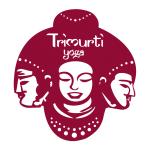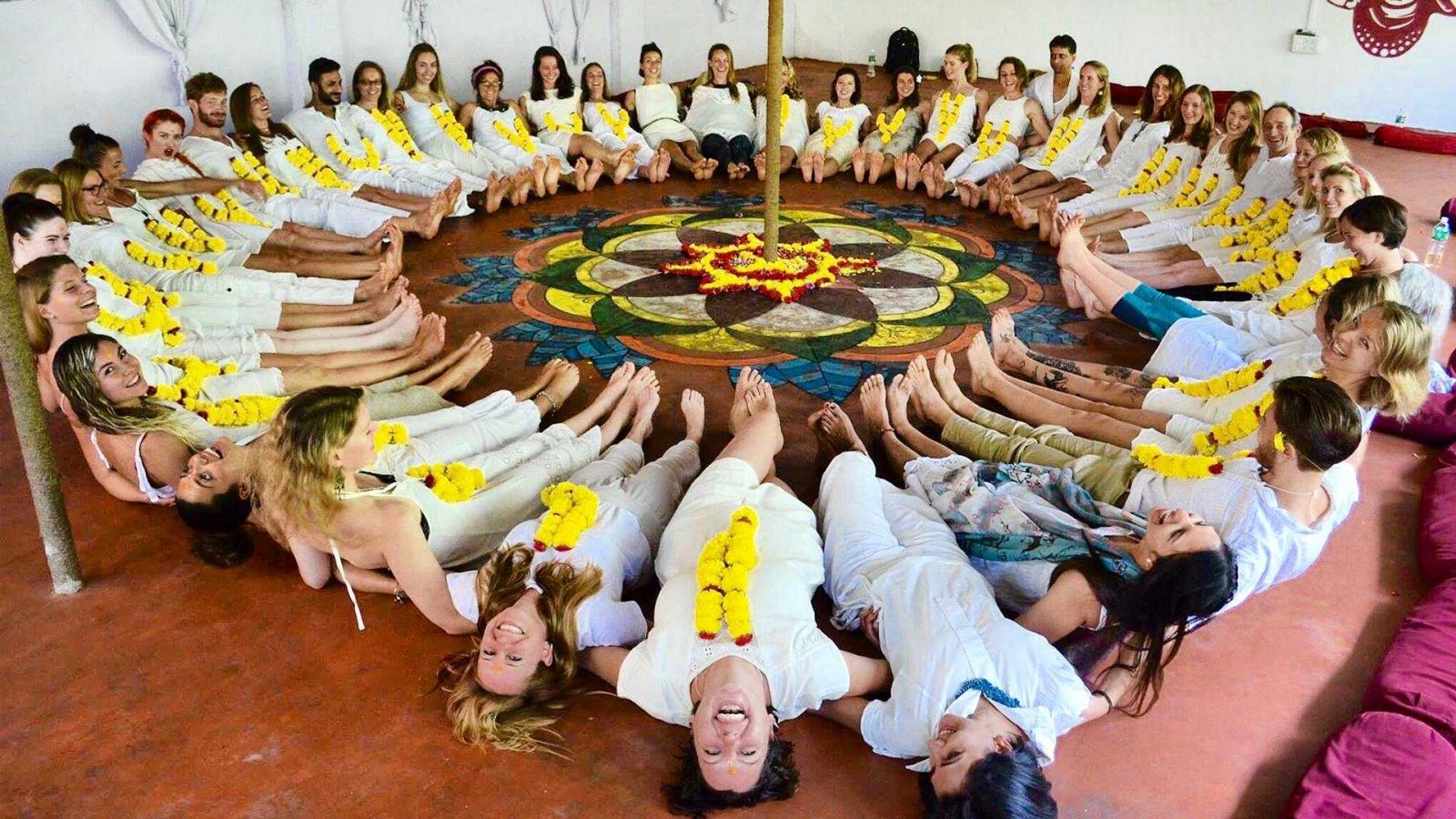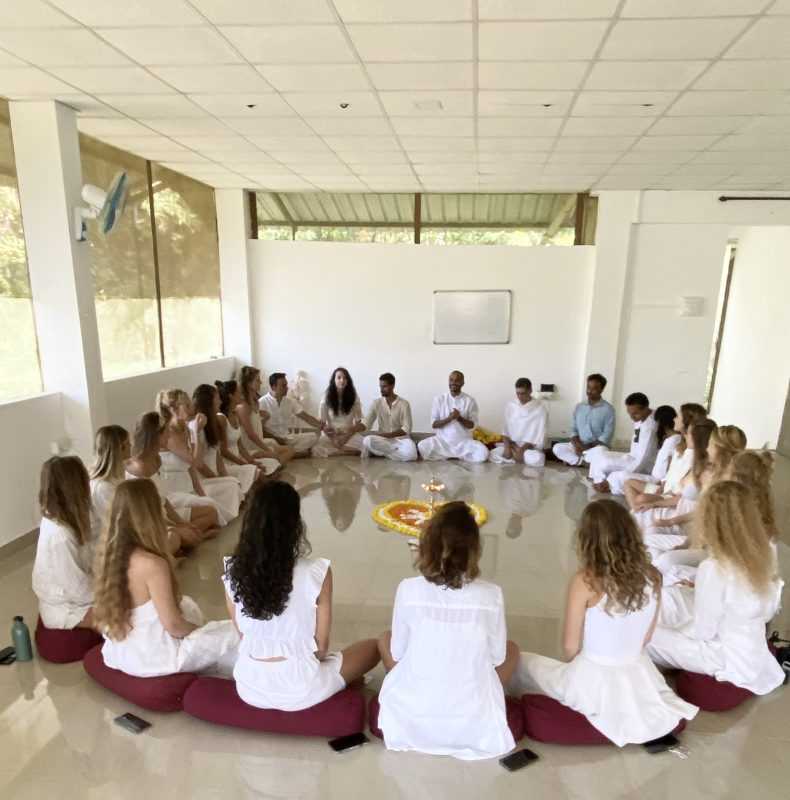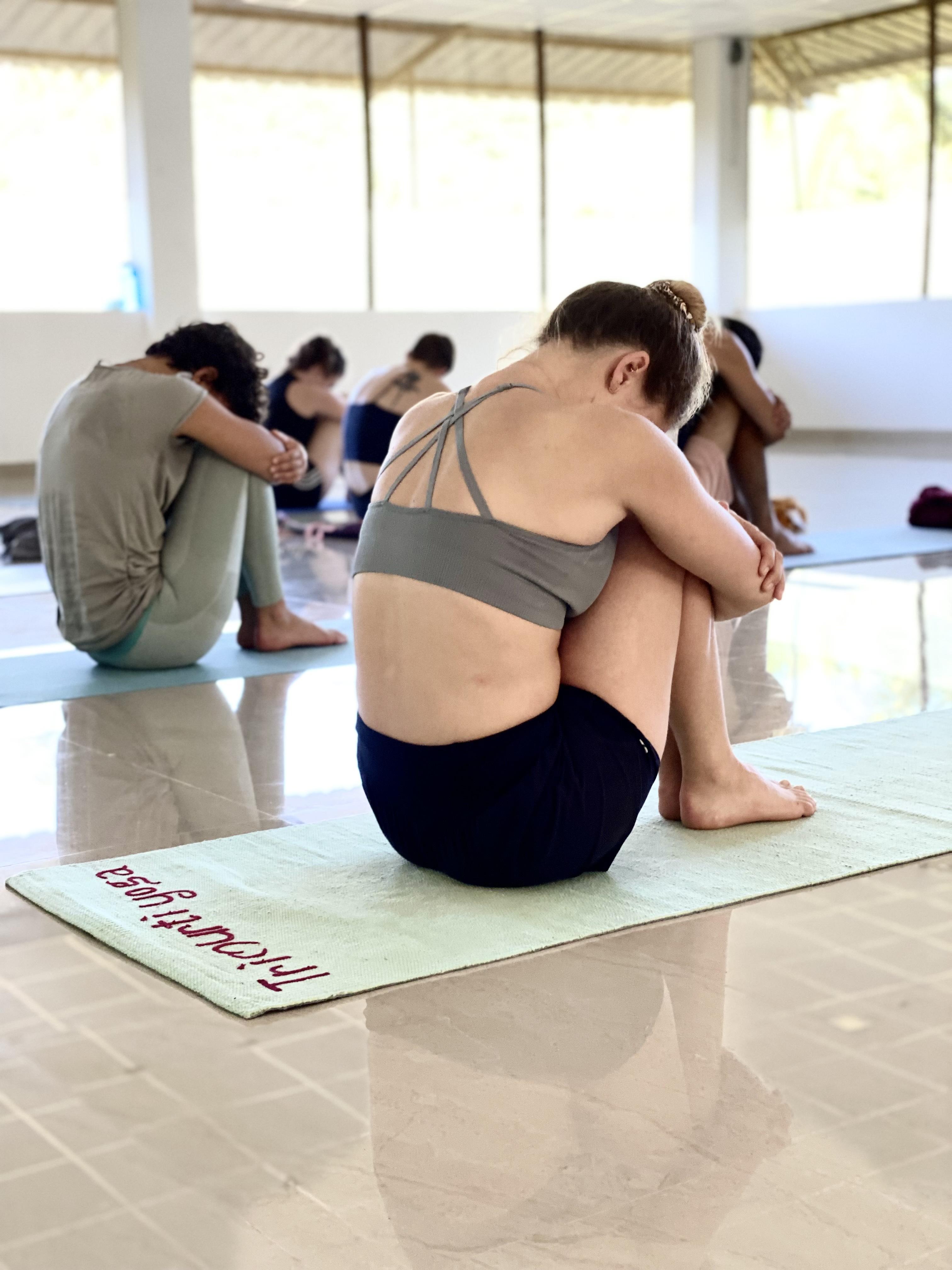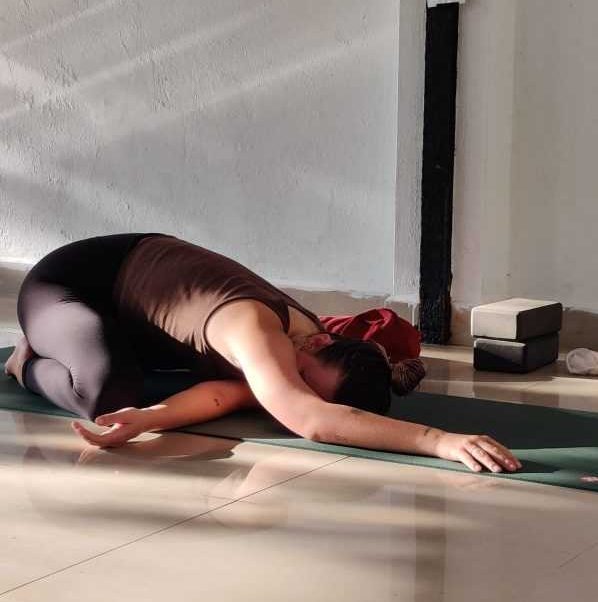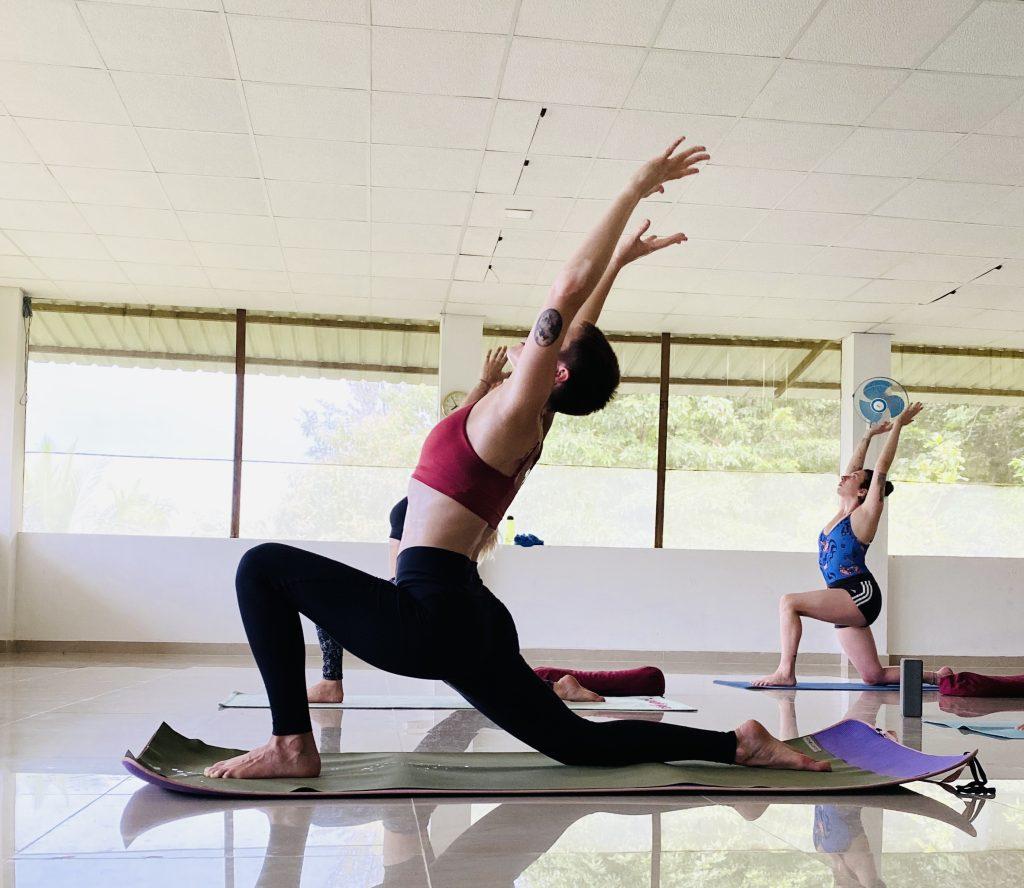
Are you interested in starting your yoga journey but don’t know where to begin?
Yoga is a fantastic practice that combines physical exercise, mental focus, and spiritual well-being. Whether you’re looking to improve flexibility, reduce stress, or enhance your overall fitness level, yoga can be a wonderful addition to your daily routine.
In this article, we will explore ten yoga poses specifically designed 9 Yoga Poses for Beginners. Let’s dive in and discover the benefits of these poses.
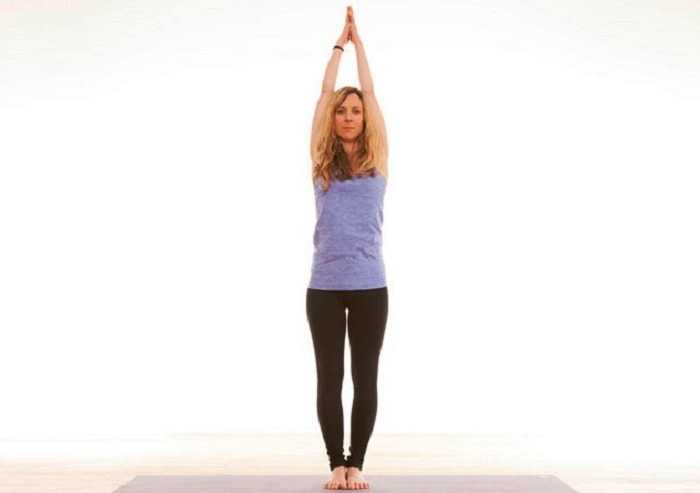
Mountain Pose (Tadasana)
Mountain Pose, or Tadasana, is a fundamental pose that serves as the starting point for many other yoga postures. Stand tall with your feet hip-width apart, spine erect, and arms relaxed by your sides. This pose helps improve posture, balance, and concentration. As one of the 9 Yoga Poses for Beginners, Tadasana lays the foundation for a yoga practice by enhancing body awareness and alignment.
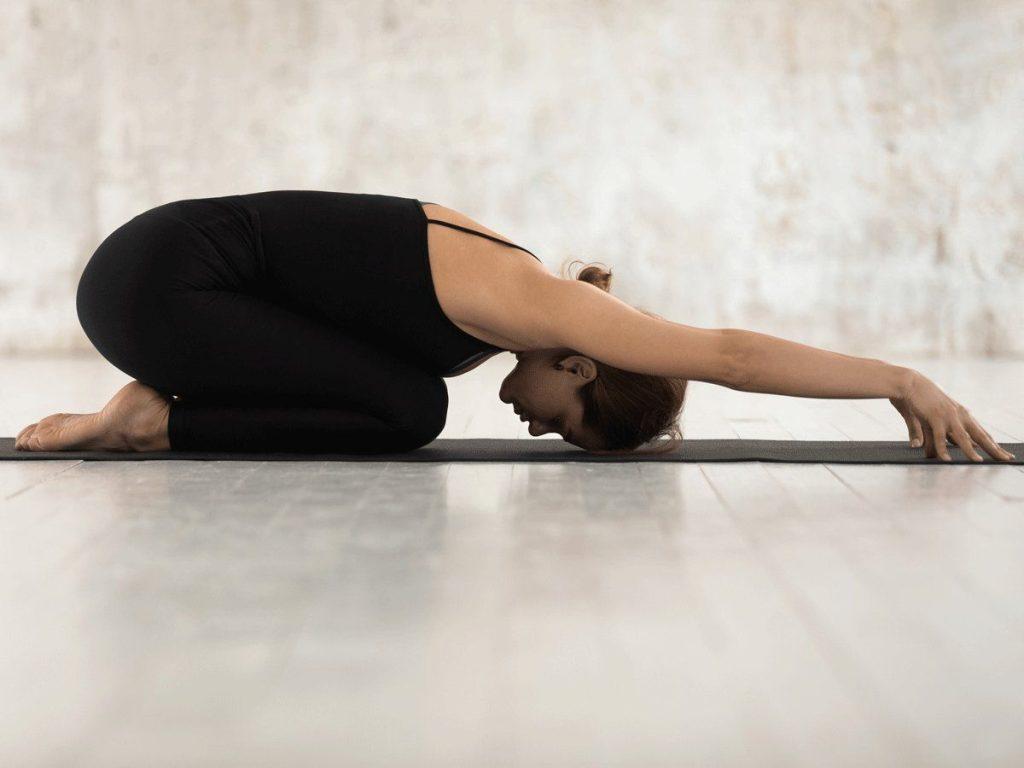
Child’s Pose (Balasana)
Child’s Pose, or Balasana, is a restful posture that gently stretches the back, hips, and thighs. Start by kneeling on the floor, then sit back on your heels while extending your arms forward and resting your forehead on the mat. It promotes relaxation and relieves stress and tension.
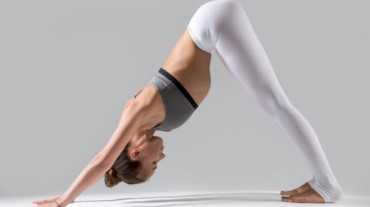
Downward-Facing Dog (Adho Mukha Svanasana)
Downward-Facing Dog, also known as Adho Mukha Svanasana, is a pose that helps strengthen the whole body, especially the arms, shoulders, and legs. Start on your hands and knees, then lift your hips up and back to create an upside-down “V” shape. This pose is among the 9 Yoga Poses for Beginners. It enhances flexibility, energizes your body, and brings a sense of calm to your mind.
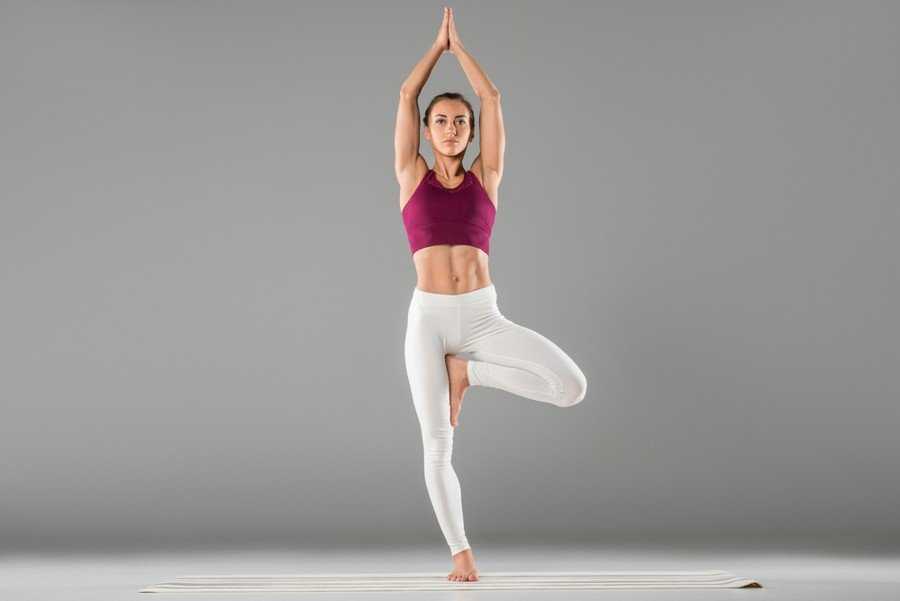
Tree Pose (Vrksasana)
Tree Pose, also known as Vrksasana, is a balancing posture that boosts focus, stability, and leg strength. Start by standing up straight with your feet together. Then, put the sole of one foot on the inner thigh of the other leg. Find your balance and join your hands together at your heart.
This pose is one of the 9 Yoga Poses for Beginners, enhancing balance while strengthening your legs.
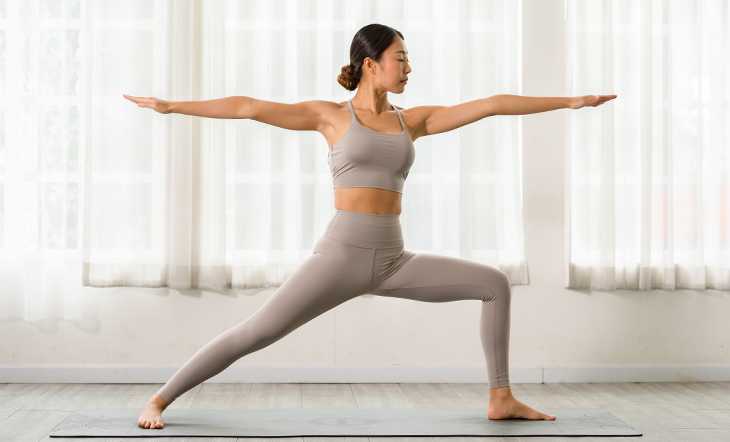
Warrior II (Virabhadrasana II)
Warrior II, or Virabhadrasana II, is a powerful standing pose that engages the entire body, building strength and stamina. Start by standing with your feet wide apart, then turn your front foot out while keeping the back foot perpendicular to the mat. Extend your arms parallel to the floor and gaze over your front hand.
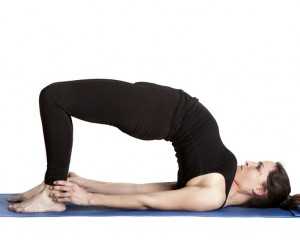
Bridge Pose (Setu Bandhasana)
9 Yoga Poses for Beginners Bridge Pose, or Setu Bandhasana, is a backbend that stretches the chest, spine, and hips while strengthening the legs and glutes. Lie on your back with your knees bent and feet flat on the mat. Lift your hips off the ground, pressing your feet and arms into the floor for support. Hold this pose and feel the gentle opening in your heart center.
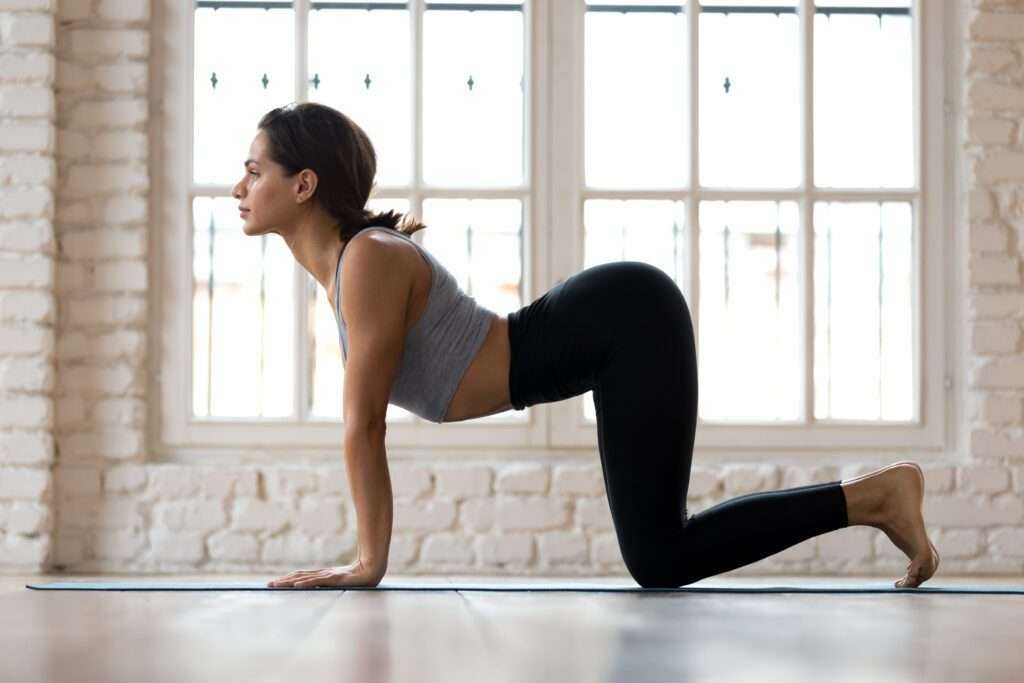
Cat-Cow Pose (Marjaryasana-Bitilasana)
Cat-Cow Pose, or Marjaryasana-Bitilasana, is a dynamic sequence that promotes spinal flexibility and releases tension in the back. Start on all fours with your hands aligned under your shoulders and knees under your hips. As you inhale, arch your back and lift your tailbone, allowing your belly to drop and your gaze to lift (Cow Pose). As you exhale, round your spine upward, tucking your tailbone and drawing your chin towards your chest (Cat Pose). Move through these two poses in a fluid motion, syncing your breath with your movements.
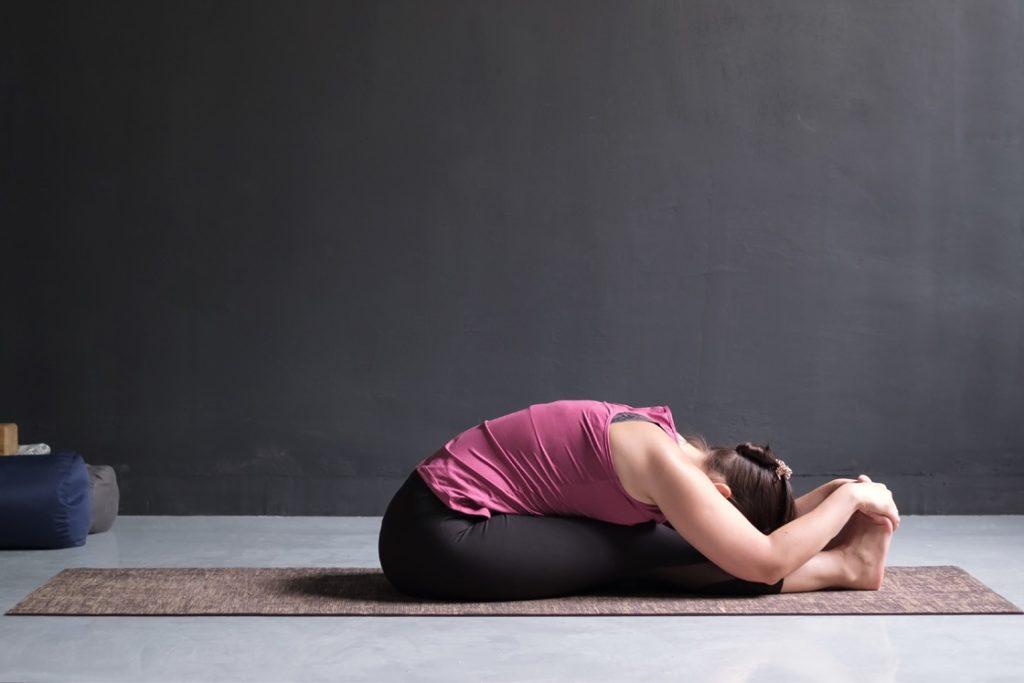
Seated Forward Bend (Paschimottanasana)
Seated Forward Bend, or Paschimottanasana, is a calming pose that stretches the entire backside of the body, from the heels to the back of the head. Sit on the mat with your legs extended in front of you. Inhale deeply, lengthen your spine, then exhale as you fold forward from the hips, reaching for your feet or ankles. Relax into the stretch and allow the weight of your head to gently release tension.
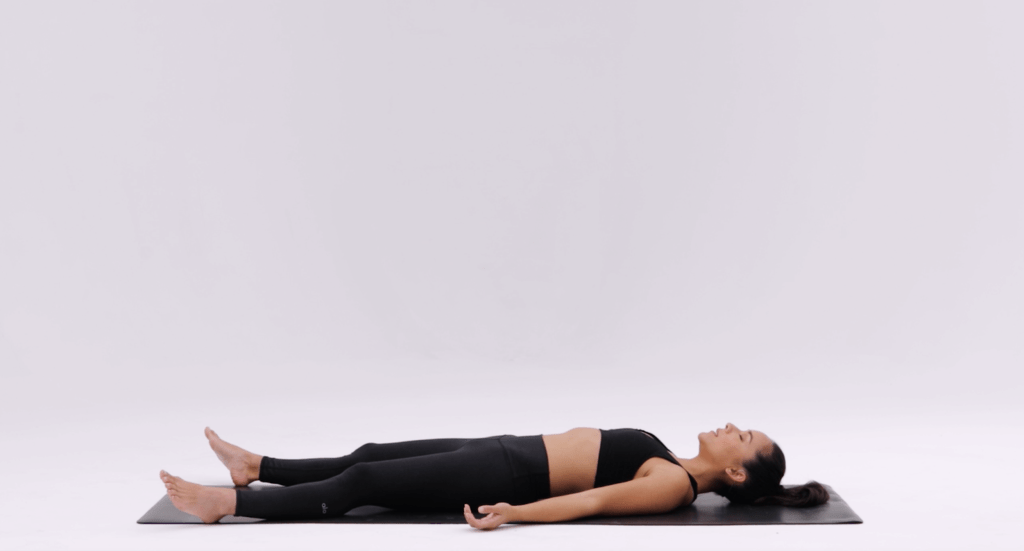
Corpse Pose (Savasana)
Corpse Pose, or Savasana, is a deeply restorative posture that allows the body and mind to relax completely. Lie on your back, legs extended, and arms by your sides, palms facing up. Close your eyes and consciously release any tension in your body. Focus on your breath, allowing it to become slow and steady. Stay in this pose for several minutes, allowing yourself to experience a state of deep relaxation.
exploring these ten beginner-friendly yoga poses! Remember, yoga is a personal journey, and it’s essential to listen to your body and practice at your own pace. Regularly incorporating these poses into your routine will gradually enhance your strength, flexibility, and overall well-being. Enjoy the process and embrace the transformative benefits of yoga in your life.
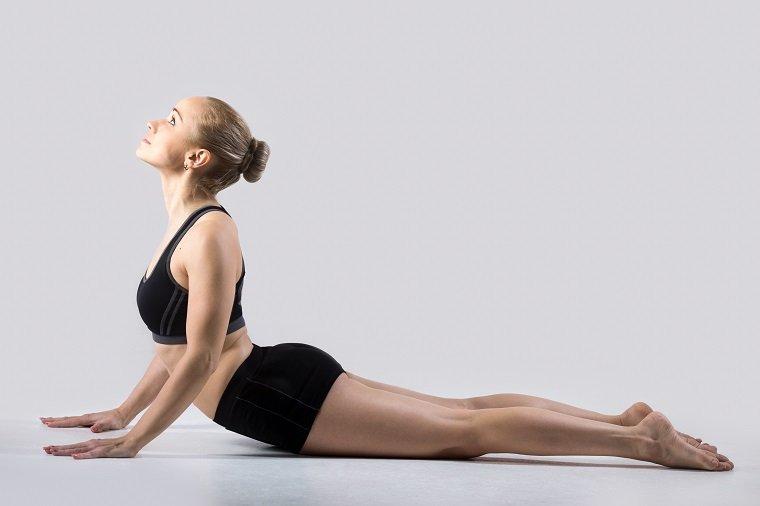
Cobra Pose (Bhujangasana)
Cobra Pose Bhujangasana can be used in various contexts and situations.
Here are a few instances where you can incorporate this pose into your yoga practice
Yoga sessions: Bhujangasana is a common pose included in yoga sequences, especially those focusing on opening the chest and stretching the spine.
It is often practiced in the beginning or middle of a session to warm up the back muscles and prepare for more challenging poses.
Back pain relief: Cobra Pose can help alleviate mild to moderate back pain by strengthening the muscles in the back and promoting flexibility in the spine. It is particularly beneficial for individuals who experience discomfort due to long hours of sitting or poor posture.
Posture correction: If you have a tendency to slouch or have poor posture, practicing Bhujangasana regularly can help improve your posture. It strengthens the muscles of the upper back and encourages a more upright position, reducing the strain on the neck and shoulders.
Frequently Asked Questions (FAQs)
Can Anyone Practice Yoga, Regardless of Age or Fitness Level?
Absolutely! 9 Yoga Poses for Beginners is a versatile practice suitable for people of all ages and fitness levels. Just ensure you choose the appropriate variations and modifications for your body.
How Often Should I Practice These Poses as a Beginner?
It’s recommended to start with 2-3 sessions per week and gradually increase the frequency as you become more comfortable and confident in your practice.
Can Yoga Help With Stress And Anxiety?
Yes, yoga is renowned for its stress-reducing benefits. The combination of movement, breathwork, and meditation can help calm the mind and promote relaxation.
Do I Need Any Special Equipment to Practice Yoga?
All you need is a comfortable yoga mat and loose-fitting clothing that allows for ease of movement. Optional props such as blocks, straps, and bolsters can also enhance your practice.
Can Yoga Help Improve Posture?
Yes, certain yoga poses focus on strengthening the core muscles and promoting proper alignment, which can lead to improved
